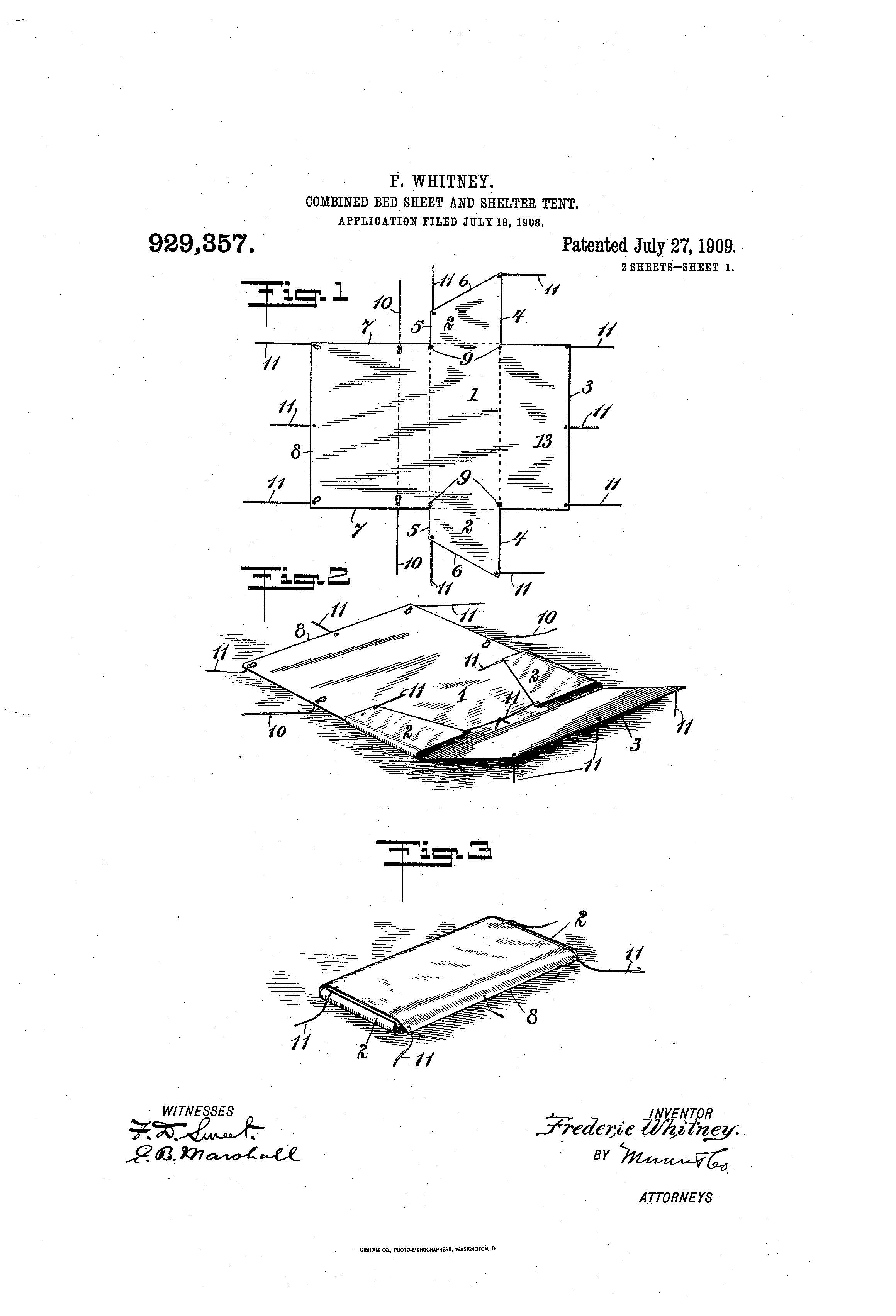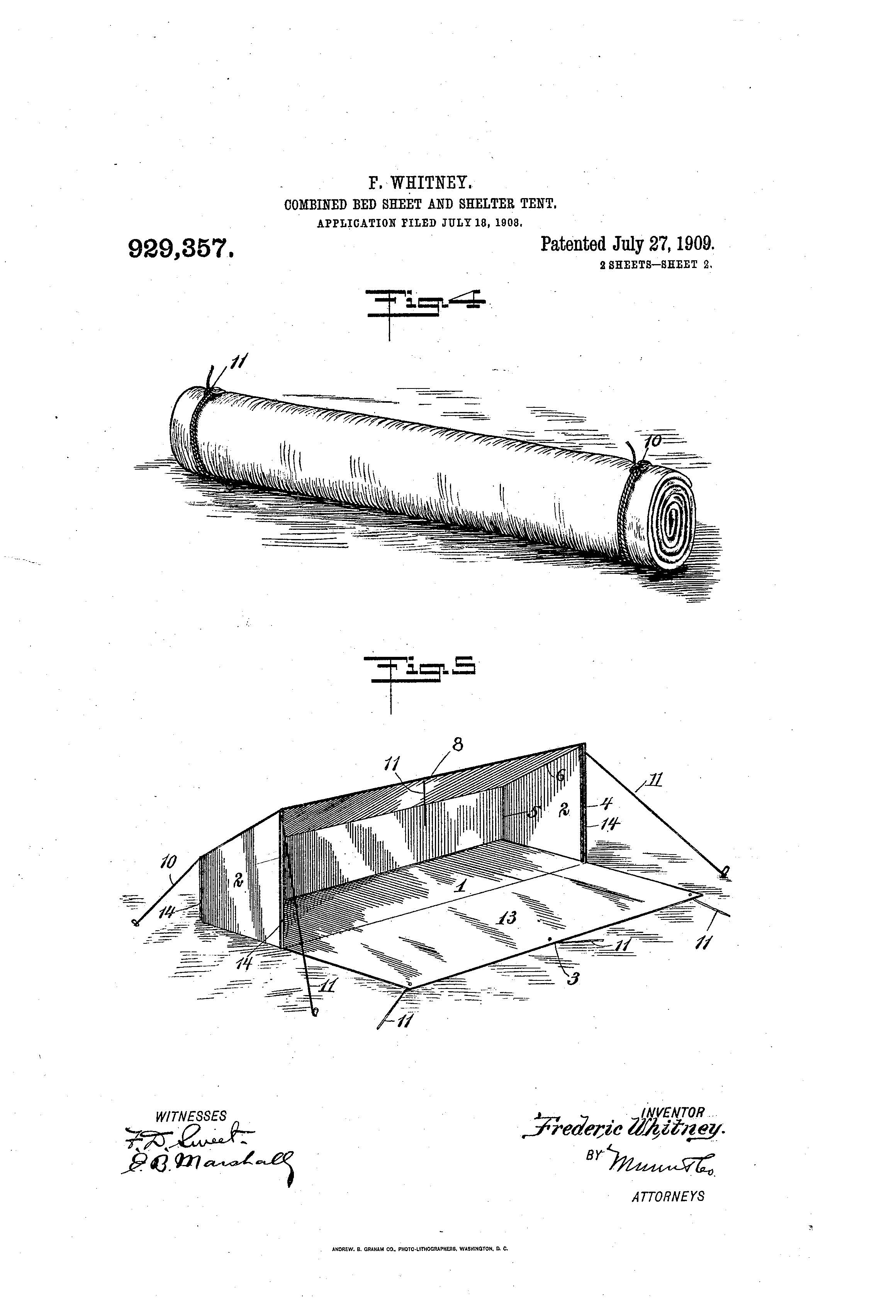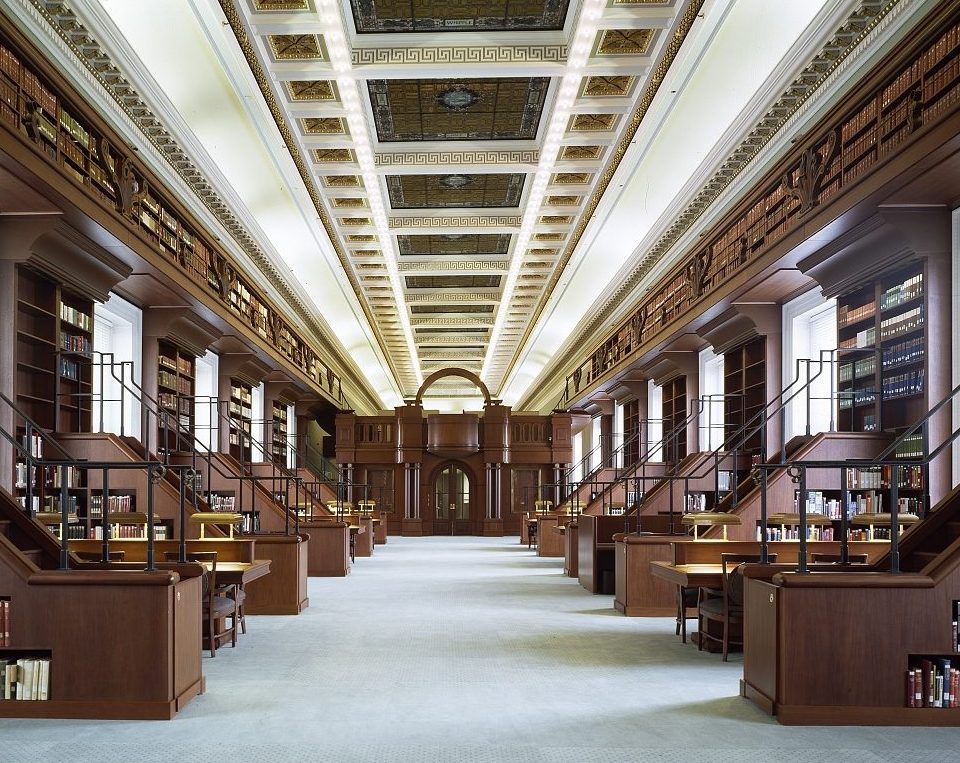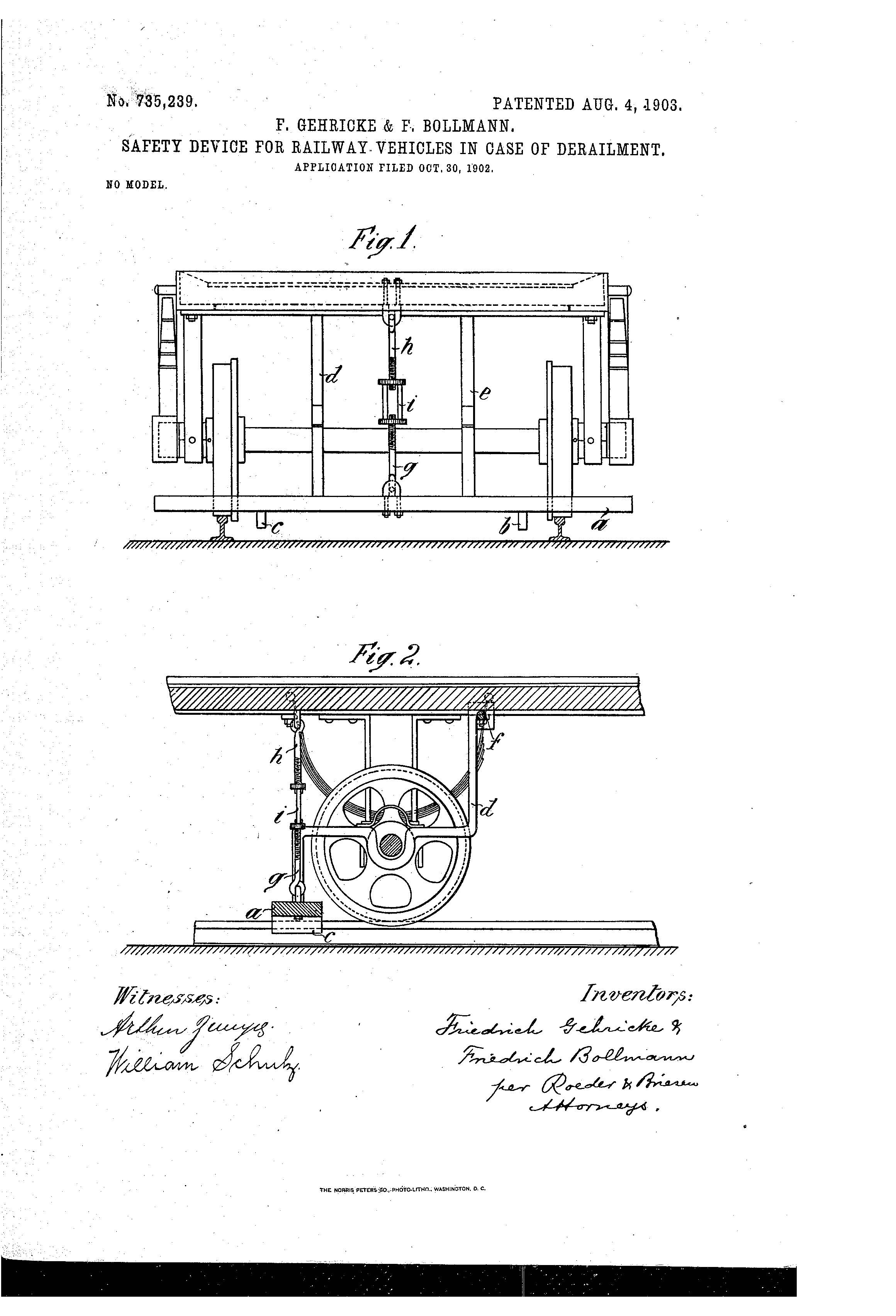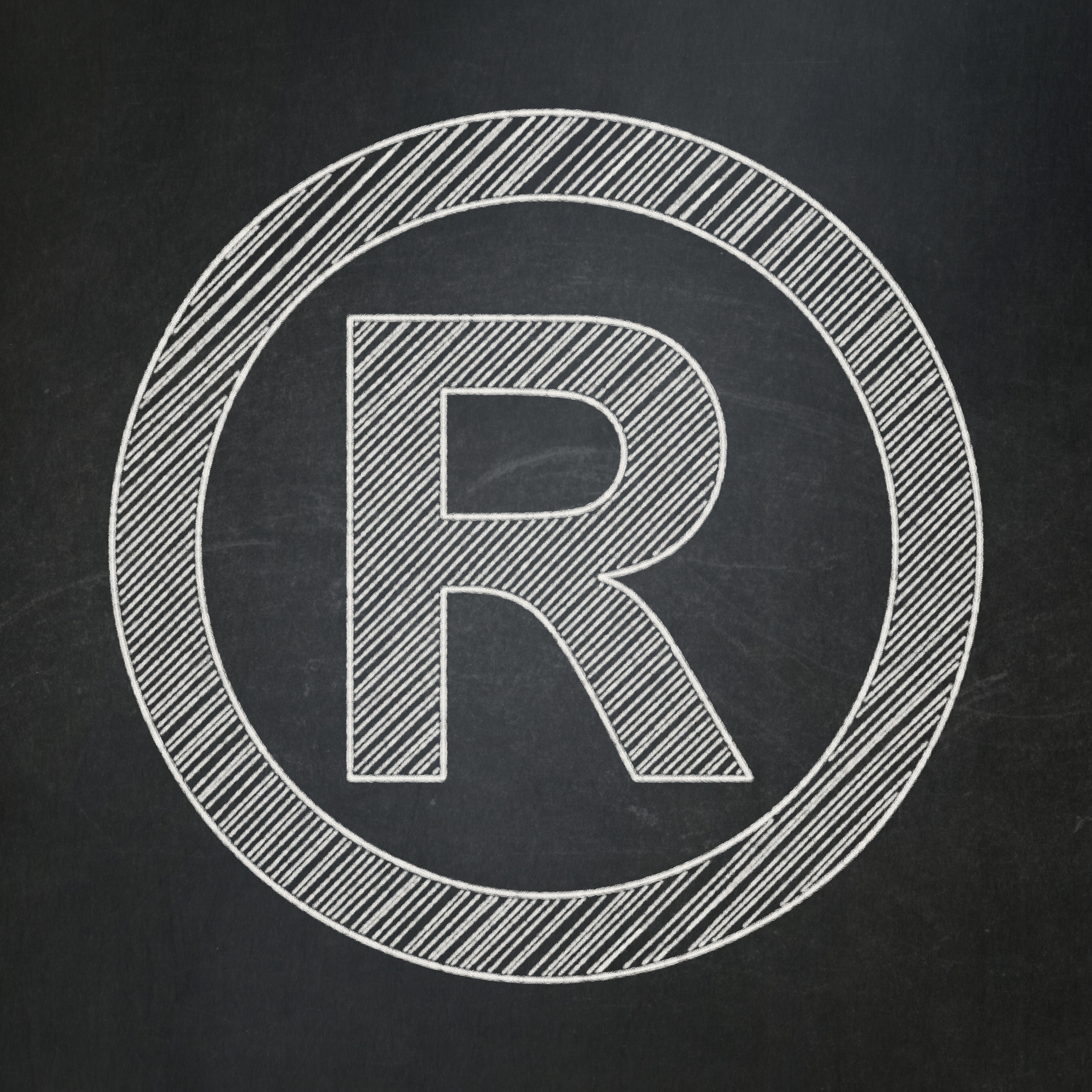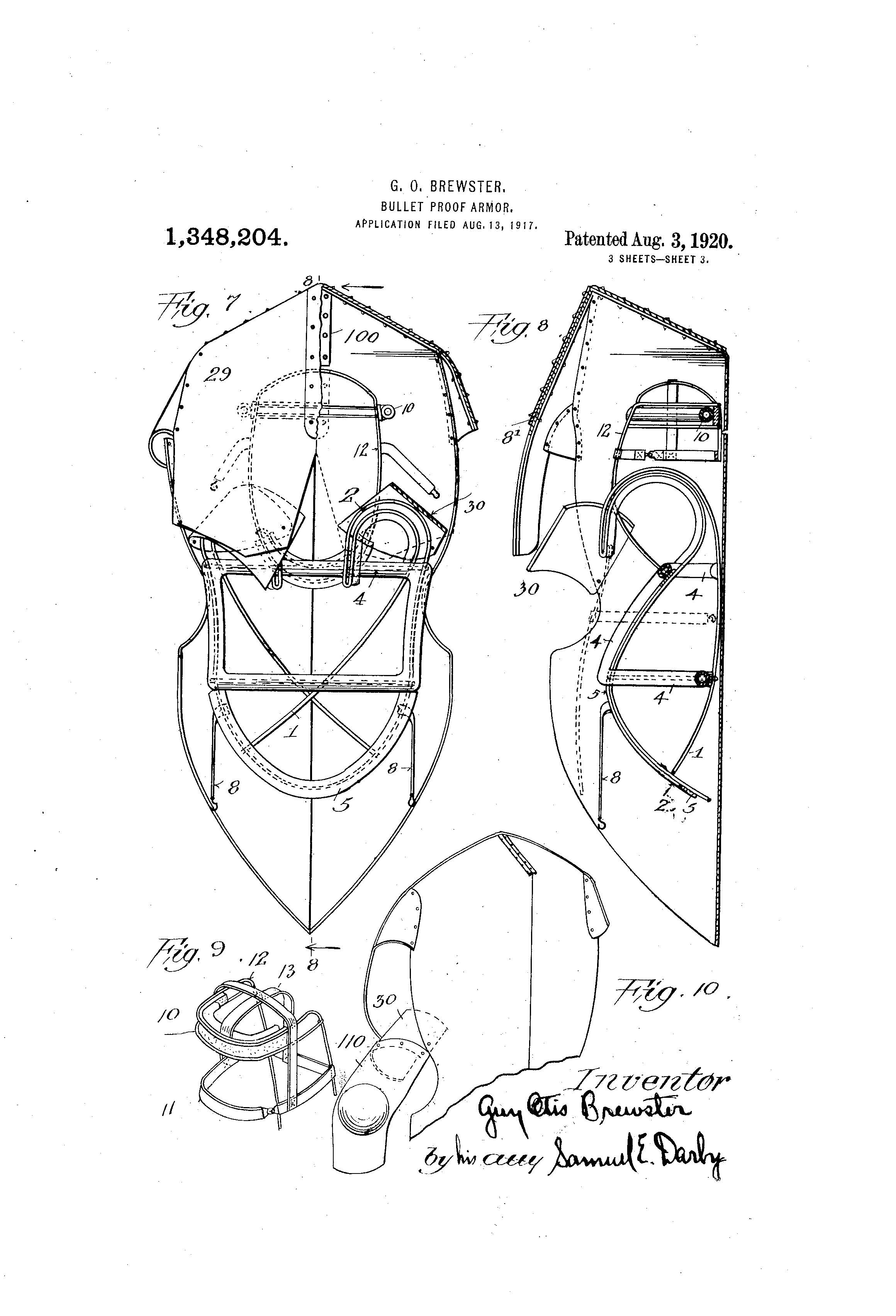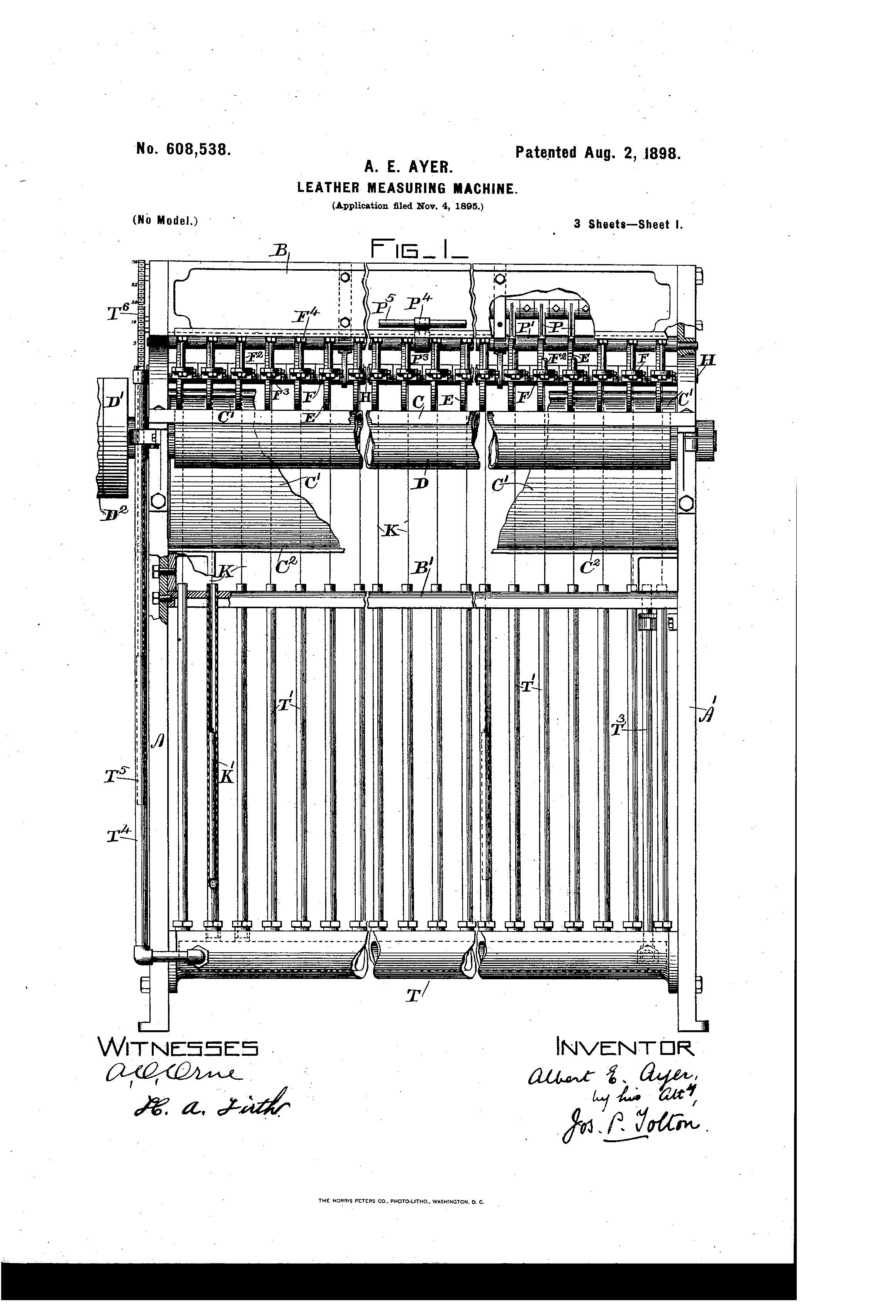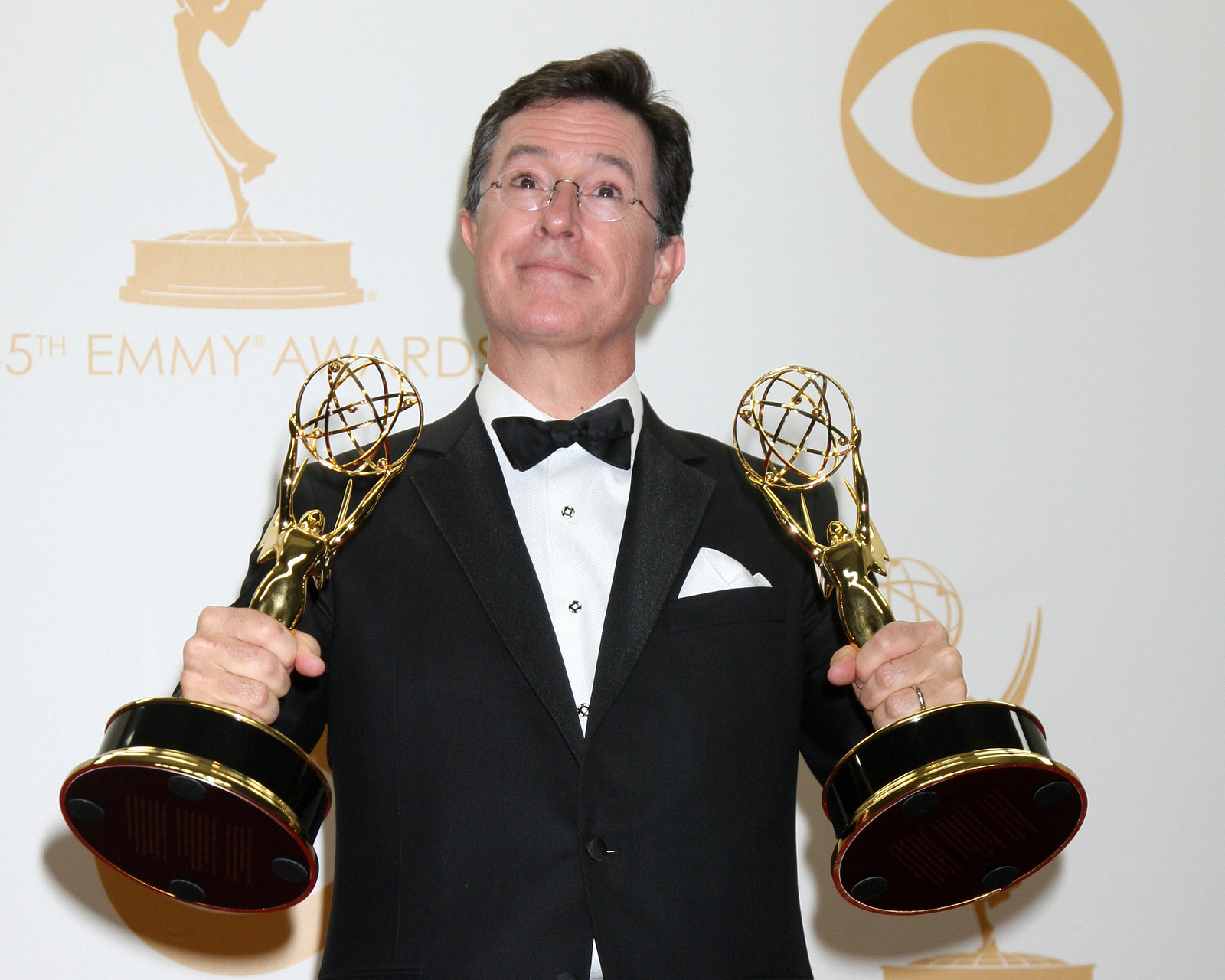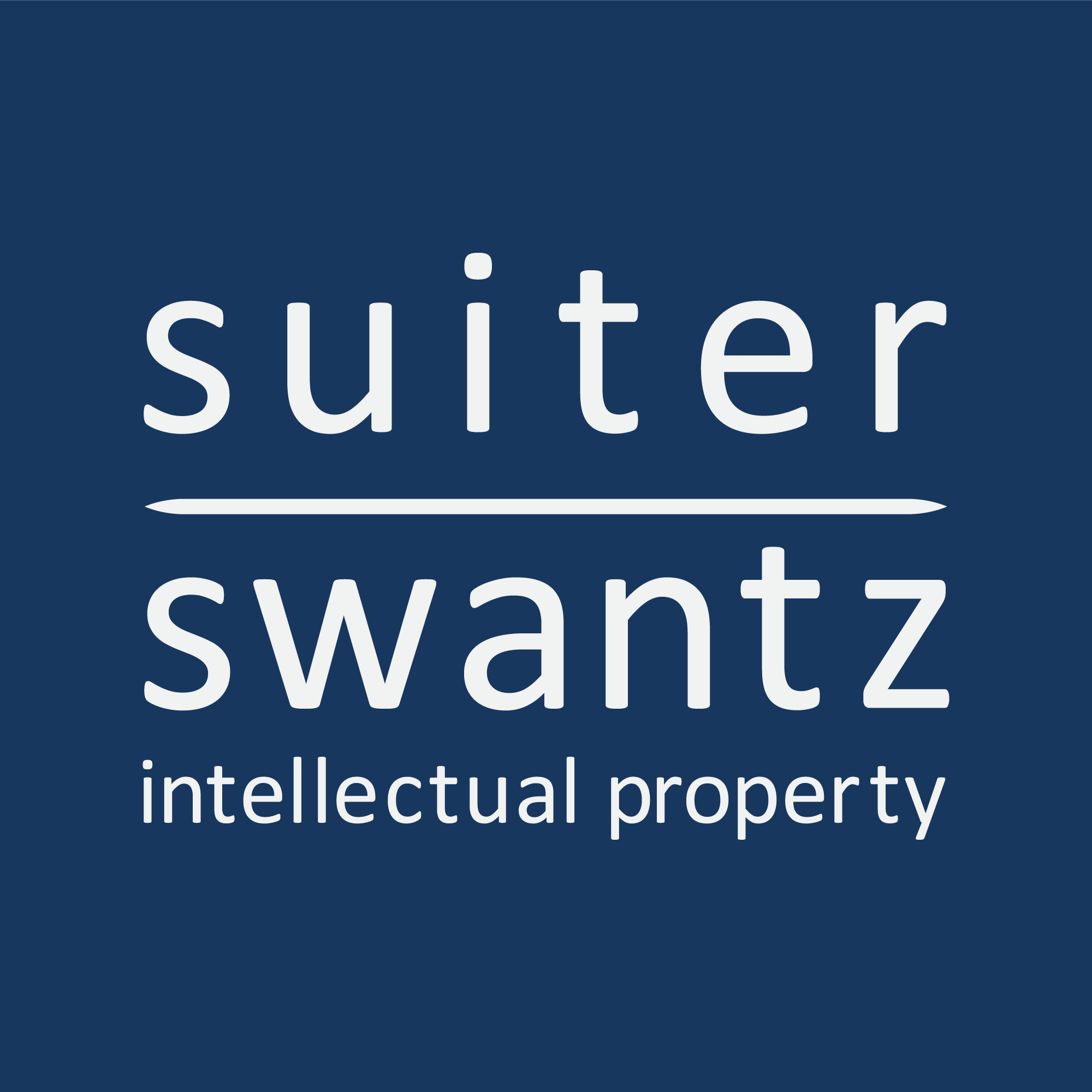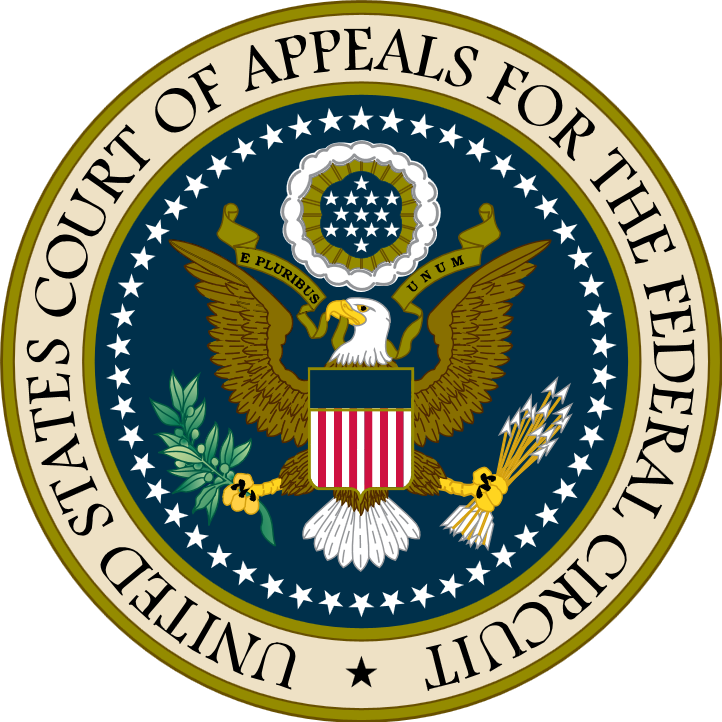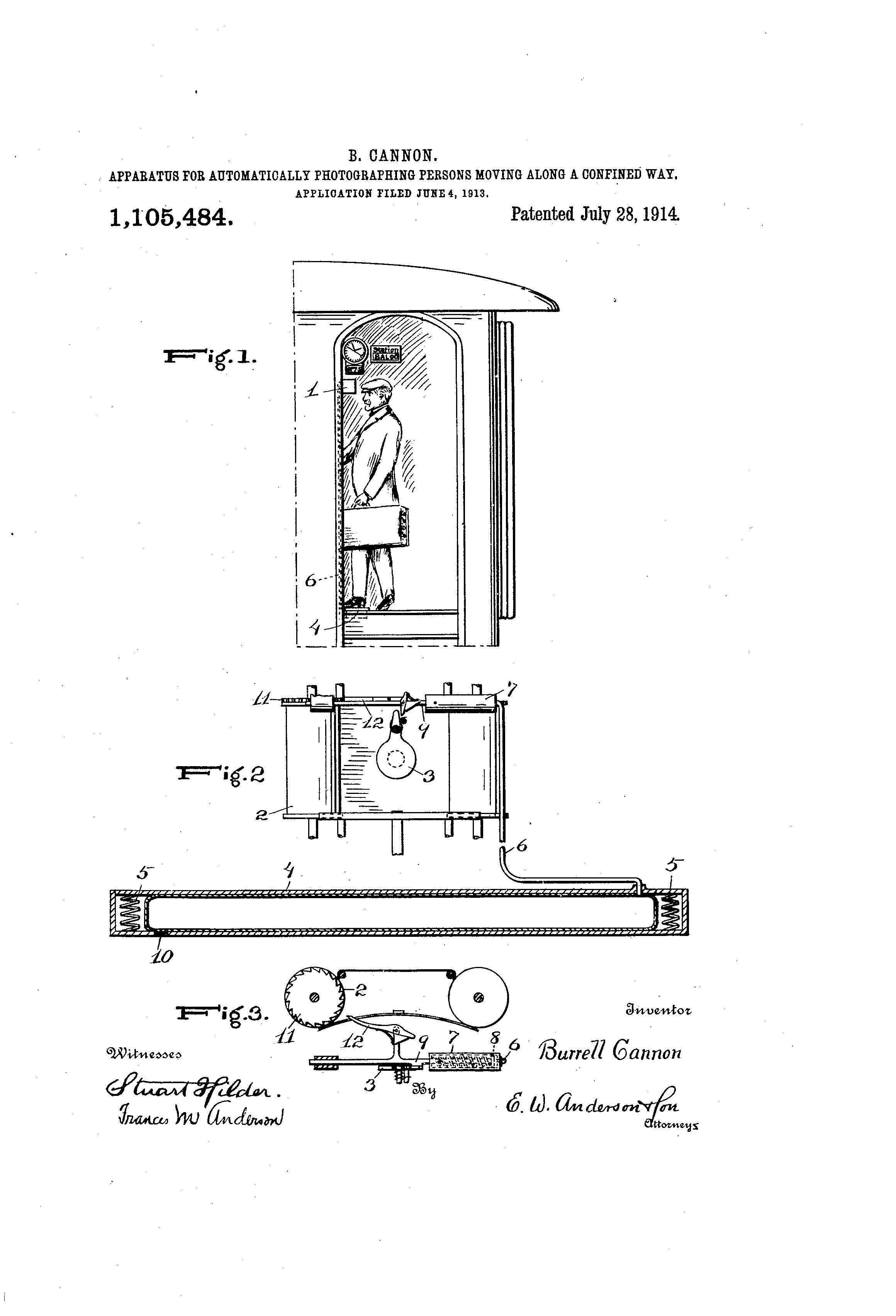Photographer Carol M. Highsmith Files Copyright Claim Against Getty Images

Attorneys for Carol M. Highsmith filed a copyright lawsuit under the Digital Millennium Copyright Act (“DMCA”), 17 U.S.C. §§ 1202(a), 1202(b). The suit alleges the gross misuse of Ms. Highsmith’s more than 18,000 photographs. Companies named in the suit are Getty Images (US), Inc., License Compliance Services, Inc., Picscout, Inc., Alamy, Inc. and Alamy, Ltd.
Highsmith is a renowned American photographer noted for documentary photography. In December 2015, Ms. Highsmith received a letter addressed to her nonprofit, This is America! Foundation, from the Defendants accusing her of copyright infringement and demanding $120 payment for exhibiting one of her own photographs on her nonprofit website. She hence learned that Getty and Alamy were selling licenses of her photographs (for thousands of dollars) on their websites. To make matters worse, they were not crediting Ms. Highsmith as the author, but rather “falsely and fraudulently holding themselves out as the exclusive copyright owner (or agents thereof)”. Highsmith had previously donated all the photographs at issue to the Library of Congress for public use. The public has the right to freely reproduce and display those images. Despite Ms. Highsmith’s objection, the Defendants reportedly continued to threaten people and organizations using Highsmith’s photography. Copyright experts note that it is not illegal for companies to charge fees for public domain images so long as they do not claim copyright ownership or agent authorization. However, that does not permit a company to claim copyright infringement against people or organizations using those public domain images for which the company charges fees.
The suit states that Ms. Highsmith is entitled to recover “an award of statutory damages for each violation of section §§ 1202 in the sum of not less than $2,500 or more than $25,000.” It goes on to state that Getty has committed a least 18,755 separate violations of 17 U.S.C. §§ 1202 for each of the 18,755 Highsmith Photos appearing on Getty’s website. Based on federal copyright law, the suit claims Highsmith should be able to recover as much as $468 million in statutory damages. In the past three years, Getty was found by the New York Federal Court to have violated 17 U.S.C §§ 1202 and ordered to pay over $1 million in damages. Because of this final judgement against Getty, Ms. Highsmith may be allowed treble damages which would potentially bring the suit to over $1 billion.
Patent of the Day: Safety Device for Railway Vehicles in Case of Derailment
On this day in 1903 Friedrich Gehricke and Friedrich Bollmann were granted the patent for Safety Device for Railway Vehicles in Case of Derailment. U.S. Patent No. 735,239.
This invention related to the application to railway-vehicles of an appliance having for its object to prevent the vehicle from passing entirely off the rails when the wheels become derailed and to support it in such a manner as to allow of its continued travel. For this purpose there is arranged in front of or behind each pair of wheels a transverse bar adapted to come into contact with and slide upon the rails when the wheels become derailed, such bar being provided with downward extensions situated between the rails. So long as the wheels of the vehicle run upon the rails the skidding-bar is raised up to a certain height from the rails; but when the wheels are derailed the bar sinks onto the rails and at the same time the one or other downward extension comes into contact with the inner side of the corresponding rail; according to the direction in which the wheel have run off the rails. By this means the vehicle is prevented from passing entirely off the rails and can continue to travel by reasons of the skidding-bar sliding along the rails.

Non-USPTO Solicitations Regarding Trademarks

So you’ve just started a new business venture. You have a business name, a slogan, or a logo that you want to get protected by filing a trademark registration application. You work with an attorney to get all of the proper documents in order and filed with the United States Patent and Trademark Office (USPTO). You are on your way to being able to use the ® symbol with your marks. A few months goes by, and you receive some very official looking documents in the mail stating that fees are due, or you should place your marks on a watch service to ensure no one is using them unjustly. At first glance, the name of the sender looks like the USPTO. You fill out the paperwork and send in the money thinking you are doing it to protect your intellectual property. Unfortunately, you have just fallen for one of the many non-USPTO related solicitations that are out there. The USPTO has been working to try to make people aware of these solicitations.
There are several private companies trying to take advantage of people who have filed for trademark registration. According to the USPTO, these solicitations may include offers: (1) for legal services; (2) for trademark monitoring services; (3) to record trademarks with U.S. Customs and Border Protection; and (4) to "register" trademarks in the company's own private registry1.
Regrettably, these companies make their mailings look official by using names that look like the USPTO. They will use terms such as “United States,” “Agency,” “Office,” or “Trademark” in their company names to appear more official. Another way they present themselves as official is by using information gathered from the USPTO’s website. Filings for trademark registration are public records. Therefore, these companies are able to obtain information from a trademark registration application such as a filing date, serial number, or goods/services description that one might think only the USPTO would be able to access.
What can you do to protect yourself? The first thing is to only respond to correspondence sent from your attorney’s office or the USPTO. The United States Patent and Trademark Office’s name, and often times seal, should appear on the letter or document. If you receive a document via email, the domain name @uspto.gov should be seen.
Here are some known non-USPTO solicitors according to the USPTO¹:
Patent and Trademark Organization (New York, NY)
Trademark Office Ltd. (New York, NY)
U.S. Trademark Compliance Office (Wilmington, DE)
Patent & Trademark Bureau (Philadelphia, PA)
Patent & Trademark Office (555 Madison Ave., New York, NY)
Patent & Trademark Office (299 Park Ave., New York, NY)
Patent & Trademark Agency (New York, NY)
Trademark and Patent Office (Los Angeles, CA)
P.T.M.A. Patent and Trademark Association (New York, NY)
Trademark Compliance Center (Alexandria, VA)
Trademark Compliance Center (Washington, DC)
Trademark Compliance Office (Arlington, VA)
Trademark Registration and Monitoring Office (Past Due Notice) (Los Angeles, CA)
Trademark Registration and Monitoring Office (Intellectual Property Rights Recordation Alert) (Los Angeles, CA)
United States Trademark Registration Office (Los Angeles, CA)
Trademark Renewal Service (Washington, DC)
Trademark Renewal Service (New York, NY)
Intellectual Property Services USA Incorporated (Alexandria, VA)
Intellectual Property Agency Ltd. (London, U.K.)
Registration of International Trademark WDTP (Praha, Czech Republic)
WIPT World Patents Trademarks (Bratislava, Slovak Republic)
WPAT World Patents Trademarks (Bratislava, Slovak Republic)
United States Trademark Maintenance Service (Arizona)
U.S. Trademark Compliance Service (Phoenix, AZ)
IPTO International Patent & Trademark Organization (Brno, Czech Republic)
TM Collection (Szombathely, Hungary)
Patent Trademark Register
Register of International Patents and Trademarks (Bratislava, Slovak Republic)
Trademark Safeguard - Trademark Monitoring Service (New York, NY)
USTM Information Services (Idaho Falls, ID)
Brand Registration Office (Washington, DC)
TM Edition (Szentendre, Hungary)
TM-DB Register of Protected Trademarks (Washington, DC)
TM-DB Register of Protected Trademarks (Wilmington, DE)
TM-DB Register of Protected Trademarks (Pearland, TX)
IOPR - Intellectual Office Property Register (Beaverton, OR)
GBO, Inc., Trademark and Patent Dep. (Miami, FL)
IPTI - International Patent & Trademark Index (Czech Republic)
RPT Servis - Registration of the International Trademark (Czech Republic)
TPP - Trademark & Patent Publications (Poland)
When in doubt, always contact your attorney to find out if a document you received is legitimate. They will be happy to assist you and help you avoid being misled by one of these communications.
_______________________________________________________________________________
1 http://www.uspto.gov/trademarks-getting-started/non-uspto-solicitations
Patent of the Day: Bullet Proof Armor
On this day in 1920 Guy Otis Brewster was granted the patent for Bullet Proof Armor. U.S. Patent No. 1,348,204.
The object of the invention is to provide an armor for use in warfare which is bullet proof, and which affords free movement of the arms, legs and neck of the wearer.
A further object of the invention is to provide an armor of the class described which is light and can be conveniently carried.
A further object of this invention is to provide an armor of the class described which is provided with shock absorbing pads scientifically located over non-sensitive and non-vital spots or portions of the human frame.
A further object of the invention is to provide a bullet proof armor which may be assembled and dis-assembled readily, thereby allowing same to be a part of a soldier’s pack or equipment, and easily transported in numbers from place to place, and which can be put on and taken off by an individual without other assistance in a small amount of time.



Patent of the Day: Leather Measuring Machine
On this day in 1898 Albert Ayer was granted the patent for Leather Measuring Machine. U.S. Patent No. 608,538.
This machine is constructed to measure leather by simply passing the side of leather over a table and between a single lower-feeding-cylinder and a series of independent upper measuring-wheels and adjusted to come in contact with the moving sides of leather and to be made to rotate by it and to rotate only while in contact with the leather. The amount of rotation of each of the measuring-wheels determines the movement of a series of weights which are suspended in a corresponding series of upright tubes containing a liquid, all of the tubes being connected to a single closed tank, which has an upright branch in which the height of the liquid can be measured. The height of the liquid in the branch depends upon the position of the weights in the tubes, and as the positions of the weights in the tubes, and as the positions of the weights are determined by the rotation of the measuring-wheels it is apparent that the height of the liquid in the branch of the tank will have a fixed relation to the area of the side of leather that has passed under the measuring-wheels.



Stephen Colbert Retires Himself as ‘Stephen Colbert’
Stephen Colbert, host of the Late Show, brought back his infamous character ‘Stephen Colbert’ from his previous Comedy Central Show, The Colbert Report. After the Republican National Convention aired last week, Colbert alongside Jon Stewart, bantered back-and-forth in a segment called The Word, also from The Colbert Report.
While fans in the audience were pleased to see the return of this character some in the corporate world were not.
On Wednesday's episode of his show, Colbert told the audience that, while he was thrilled they enjoyed seeing his character make a return, the corporate lawyers for Comedy Central and its parent company Viacom did not receive the bit so positively. During the segment, he said "You know who didn’t enjoy it so much? Corporate lawyers. Because, and this is true, immediately after that show, CBS’s top lawyer was contacted by the top lawyer from another company to say that the character ‘Stephen Colbert’ is their intellectual property, which is surprising, because I never considered that guy much of an intellectual.”
"So it is with a heavy heart that I announce, thanks to corporate lawyers, the character of 'Stephen Colbert,' host of 'The Colbert Report,' will never be seen again”. The audience not happy with this announcement booed emphatically. “What can I do? The lawyers have spoken. I cannot reasonably argue I own my face or name."
Later in the show Colbert introduced a new character to the audience. Stephen Colbert – Stephen Colbert’s identical cousin.
If the introduction of this new character was not enough to get legal departments talking, Colbert introduced a new segment called The Werd, not to be confused with the segment he did on The Colbert Report - The Word.
It is possible to copyright parodies of parodies. Courts have held that such creations can gain their own protection. Unfortunately for Colbert, he will more than likely not own the rights in question. CBS will likely own the rights to the new parody as it would fall under the work-for-hire doctrine, which states that work prepared by an employee within the scope of employment or work specifically ordered or commissioned for use is owned by the employer or the purchaser.
Office Hours August 4 at the Omaha Startup Collaborative
Suiter Swantz IP will be holding office hours August 4th at the Omaha Startup Collaborative, located in the Exchange Building in downtown Omaha.
Matt Poulsen will be there from 1-4pm. Feel free to drop on by or send Matt an email if you have any questions map@suiter.com.
Whole Foods Denied Request to Be Called “World’s Healthiest Grocery Store”
Whole Foods is known for selling natural, organic products. The store also claims to be “America’s Healthiest Grocery Store” and filed a trademark application on June 27, 2016, with the United States Patent and Trademark Office (USPTO) asking to trademark the phrase “World’s Healthiest Grocery Store.” However, the request was denied by the Trademark Office.
The USPTO denied this trademark request, in part, because it is a “laudatory” claim or is based on exaggerated praise that cannot be proven or has not been proved true. According to the Trademark Office, “Registration is refused because the applied-for mark merely describes a feature or characteristic of applicant’s services. A mark is merely descriptive if it describes an ingredient, quality, characteristic, function, feature, purpose or use of an applicant’s good and/or services.”
The USPTO does not typically grant superlative trademarks that claim something is the best or the greatest in a given area. However, the Trademark Office does allow applicants to argue that a mark is a distinguishing mark by showing the mark is associated with the company by consumers. Although these arguments can be made, they are often times unsuccessful.
Papa Johns, the pizza franchise, went through this same obstacle in 2000. Papa Johns requested to trademark the phrase “Better Ingredients, Better Pizza” and the USPTO initially struck this down because Papa Johns could not prove they did in fact have better ingredients and better pizza than its competitors.
Given the fact Whole Foods does not have a significant presence internationally, the designation of the word “world” will prove difficult for the company to validate. Currently the store’s main presence is in the United States, the United Kingdom and Canada. This is far from the international reach they are trying to obtain with this trademark.
While Whole Foods has been trying to rebrand themselves and expand globally, their efforts are proving to be less lucrative than executives thought. This is due, in part, to the fact that other chain retailers have expanded their organic markets and offer more affordable options.
Whole Foods has until January 16, 2017, to update the application and refile it with the USPTO for consideration.
Patent of the Day: Custom Fittable Mouth Protector
On this day in 1967 Jack Cathcart was granted the patent for Custom Fittable Mouth Protector. U.S. Patent No. 3,333,582.
This invention relates to mouth protectors and more particularly to a mouth protector of the custom fittable type.
A custom fitted mouth protector is one fitted to the teeth of the individual who it to use it, and thus provides for better retention and greater comfort to the wearer. It is therefore to be preferred over one which is not so personalized.


Zillow Handed a Favorable Decision in LendingTree Patent Infringement Suit

On July 25, 2016, in a unanimous decision, the three-judge panel of the U.S. Court of Appeals for the Federal Circuit invalidated claims under 35 U.S.C. § 101 in LendingTree, LLC, v. Zillow, Inc. The court ruled that patents for the online loan marketplace relate to ideas that are "long prevalent in our financial system" and not genuine inventions.
LendingTree had filed suit against Zillow and other defendants in the U.S. District Court for the Western District of North Carolina, asserting claims of U.S. Patent Nos. 6,385,594 and 6,611,816 (the '816 patent is a continuation of the '594 patent, and thus, the patents in suit share a common specification). Zillow had moved for summary judgment of invalidity under 35 U.S.C. § 101 with respect to the asserted claims of both patents. The District Court delayed ruling on the motion until after trial, at which point the Court orally denied it from the bench. Following trial, the jury returned a verdict finding that Zillow and the other defendants did not infringe the asserted claims of the patents in suit and that all claims of the patents in suit were invalid for improper inventorship. These issues were appealed, respectively. During trial, LendingTree had moved to correct inventorship of the patents in suit pursuant to 35 U.S.C. § 256 and the USPTO issued Certificates of Correction (adding James F. Bennett, Jr. as a named inventor).
In the July 25th ruling, the Federal Circuit found that the asserted claims of the patents in suit are directed to an abstract idea and are directed to ineligible subject matter under 35 U.S.C. § 101. The District Court's denial of Zillow's motion for summary judgment was reversed.
“We have considered all of LendingTree’s remaining arguments and have found them unpersuasive. Accordingly, because the asserted claims of the patents in suit are directed to an abstract idea and do not present an “inventive concept,” we hold that they are directed to ineligible subject matter under 35 U.S.C. § 101.”
Regarding the invalidity of all claims in the suit for improper inventorship, the Federal Circuit remanded the case to permit LendingTree to file a motion under Fed. R. Civ. P. 60 to vacate the judgment of invalidity on account of improper inventorship with respect to the remaining claims of the patents in suit stating “In light of the PTO’s corrections to the patents in suit, we think a remand is appropriate.”
The court stated that their resolution of the case renders moot the issues of claim construction and the district court’s evidentiary rulings.
Patent of the Day: Apparatus for Automatically Photographing Persons Moving Along a Confined Way
On this day in 1914 Burrell Cannon was granted the patent application for Apparatus for Automatically Photographing Persons Moving Along a Confined Way. U.S. Patent No. 1,105,484.
This invention has relation to apparatus or means for counting or checking fares or persons by photography, designed to automatically photograph all persons entering a place, building or vehicle where fares or tickets of admission are collected; or it ma be in some cases to photograph persons leaving the place or vehicle.
Patent of the Day: Combined Bed Sheet and Shelter Tent
On this day in 1909 Frederic Whitney was granted the patent for Combined Bed Sheet and Shelter Tent. U.S. Patent No. 929,357.
The object of this invention is to provide a bed sheet for stockmen, which when desired may be quickly supported in the form of a shelter tent, the device being so constructed that it can be readily packed for transportation and which is complete in one piece with ropes attached so that it may be adjusted with supports as a shelter tent, or when desired, may be used as a bed sheet, the stockman having the complete device in very compact form at all times, with the exception of the supports, which can readily be obtained when desired.
